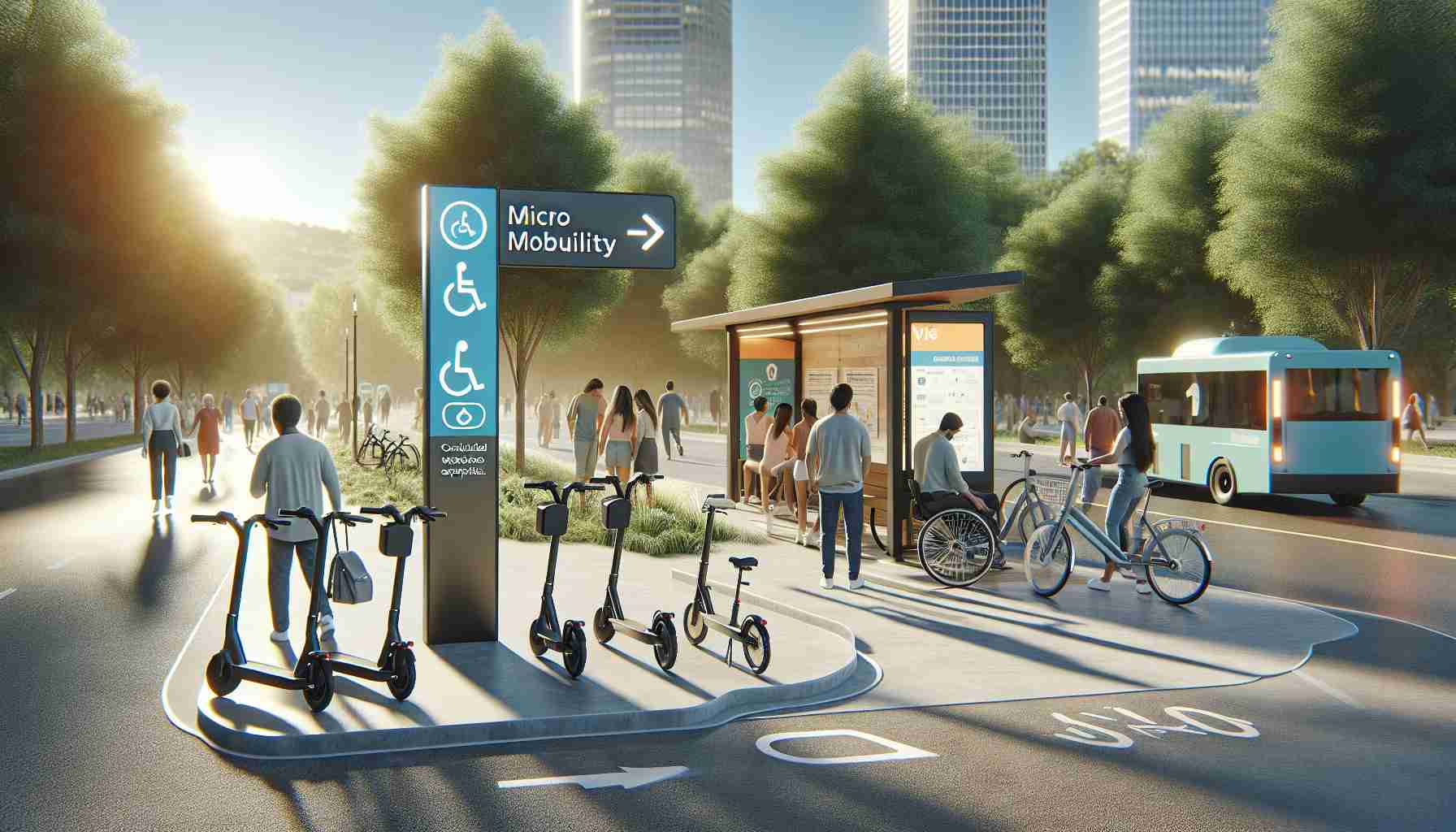Shared Micromobility Programs have been making waves in Australia, with shared e-bikes and e-scooters gaining significant interest. Lime, Beam, and Neuron have been conducting various trials of these micromobility systems in cities and local councils, bringing about a gradual integration of shared scooters and bicycles into urban transport systems.
Contrary to public perceptions, micromobility programs are not just a passing fad or a disruption to the transport system. Recent research conducted across Australia, New Zealand, and the United States reveal a different story. These programs, when subsidized, offer substantial benefits to vulnerable user groups.
One of the key advantages is the affordability that micromobility programs provide to low-income users. A survey conducted among Lime Access customers showed that they were five times more likely to use shared scooters and bicycles for daily travel compared to non-subsidized riders. Additionally, they were twice as likely to use these micromobility options for essential trips and to connect with public transport. Half of the Lime Access customers identified the ability to travel without a car as a significant advantage, advocating for a more sustainable transport system.
Moreover, individuals with disabilities also find great value in shared micromobility programs. The electric motor of e-scooters and e-bikes reduces fatigue and strain, making it easier for them to reach essential destinations. These programs provide independence and bridge the gap for those who are unable to drive due to physical disabilities.
To maximize the benefits of shared micromobility programs, governments can play a vital role. It is crucial for governments to create frameworks and incentives that support the expansion of these programs to reach more vulnerable groups. While there may be challenges in ensuring financial viability for operators, implementing equity requirements and reducing fees for low-income customers, as seen in cities like Washington DC, can help create more equitable and inclusive transport systems.
In conclusion, shared micromobility programs have the potential to empower vulnerable user groups. By addressing affordability and accessibility barriers, governments can pave the way for a more inclusive and sustainable urban transport system.







